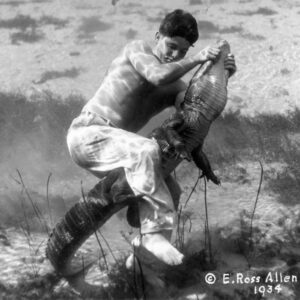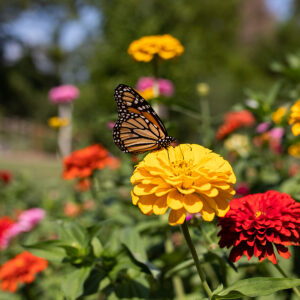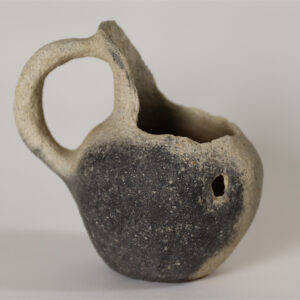You don’t need acres and acres of land to successfully grow some of your own food at home.
 Just the thought of farming conjures up images of endless acres of lush green fields, red barns with white rooster weather vanes and hot, delicious breakfasts served before the crack of dawn…but times are changing. Statistics show that 15 percent of the world’s food is now grown in urban areas, and that number is on the increase.
Just the thought of farming conjures up images of endless acres of lush green fields, red barns with white rooster weather vanes and hot, delicious breakfasts served before the crack of dawn…but times are changing. Statistics show that 15 percent of the world’s food is now grown in urban areas, and that number is on the increase.
Backyards, rooftops, apartment living rooms, balconies, windowsills above kitchen sinks…you pick the niche, and it’s being used to grow herbs and vegetables inside even the densest urban areas.
“Anyone can be an urban gardener,” says Maxine Hunter, residential horticulture agent with the University of Florida/Institute of Food and Agricultural Sciences (UF/IFAS) Extension Marion County. “You don’t have to have land or a lot of space to grow your own food in a home garden. You can grow anything that can be grown on a farm inside any urban setting, and what makes it so great is that it’s for everyone.”
Urban gardens have long been government-friendly and are becoming even more so. A new law was recently passed in the Florida Legislature (HB 145) intended to encourage the development of sustainable cultivation of vegetables and fruits at all levels of production, including for personal consumption on residential properties. This would allow urban and rural residents alike to utilize not only their backyards for gardening but their front yards also. According to Hunter, the new law will help homeowners who have previously received pushback from homeowner association (HOA) regulations and municipal ordinances, although their site plans may still need to be approved by the HOA review board.
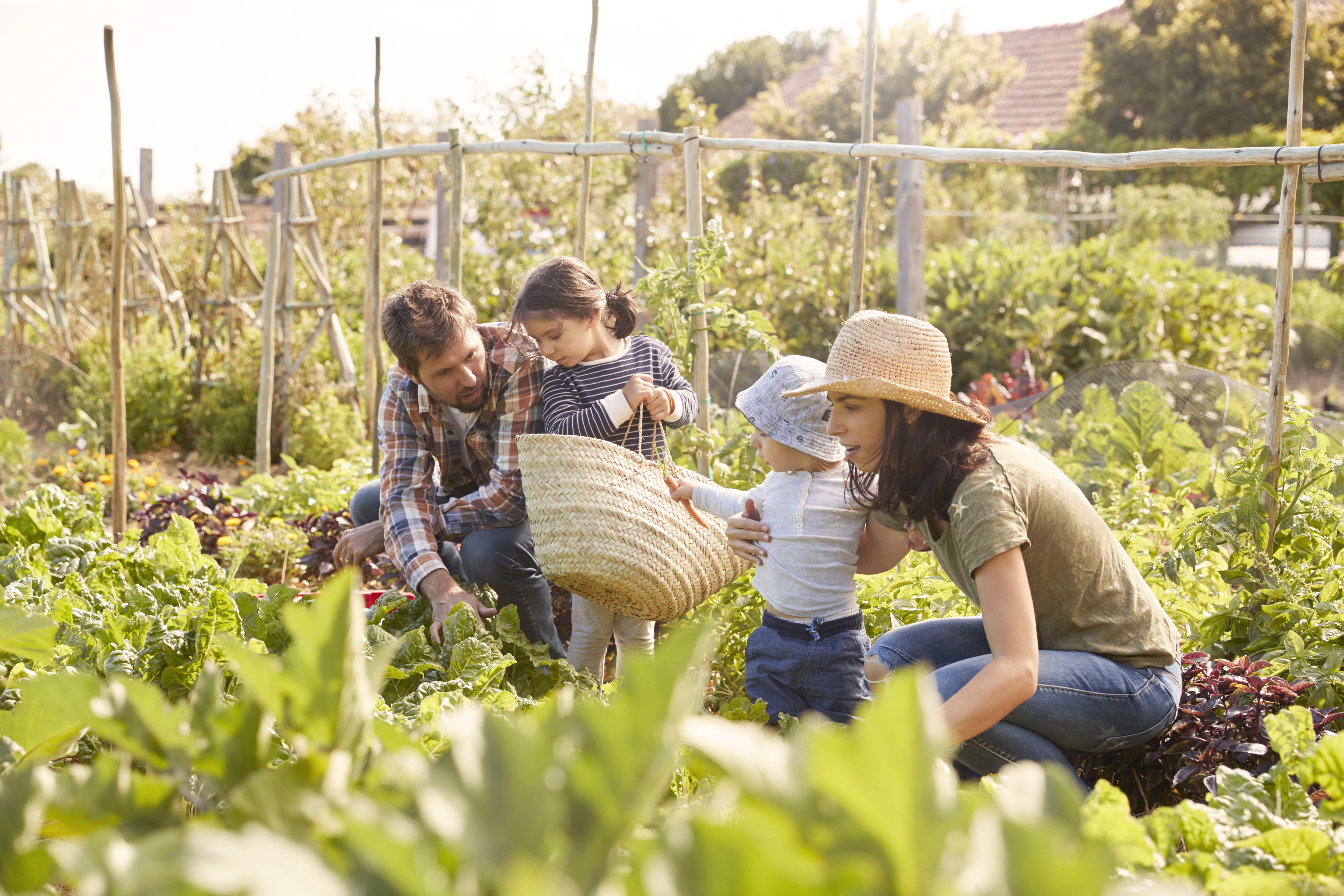 How Does Your Garden Grow?
How Does Your Garden Grow?
Hunter suggests that anyone interested in growing his or her own vegetables and/or herbs at home start with a little research and a solid plan.
Where: “Decide the best place for your plants,” she recommends. “Vertical walls, lawns, patios, ledges…anywhere you can put a container that will hold a plant will work. Look around your home or apartment and determine what you have to work with. Utilize what space you have available.” Ideas include hanging pots, containers placed on balconies or in small enclosed yards, mini-greenhouses, wheeled containers that can be easily moved indoors or out, planters on outdoor walls or attached to windowsills and shutter gardens.
What: “If you have the space, such as a backyard or small piece of land outdoors, then you can grow pretty much anything,” she explains. “If your garden is located indoors, then you need to plan carefully which plants will grow best in the space you have set aside. Find out what site conditions are best for the plant you want to grow.”
Sunlight: “Light is essential. Plants need either a good source of sunlight for several hours a day or you can install LED lights,” Hunter says. “The price of LED lighting has come down, so it’s not overly expensive to set up adequate lighting for an indoor garden.”
Microclimates: “Small indoor and outdoor areas can have their own climates,” Hunter explains. “Inside your house, things such as air conditioning vents blowing directly on a plant or the amount of humidity in a certain room can greatly affect the way a plant grows. Pay attention to everything that might affect how your plant grows.”
Know your plants: “Be familiar with the plant you’re growing,” she advises. “It’s important to know which nutrients are needed for each particular plant. When you grow a plant in an enclosed environment, you are its primary source of nutrients.”
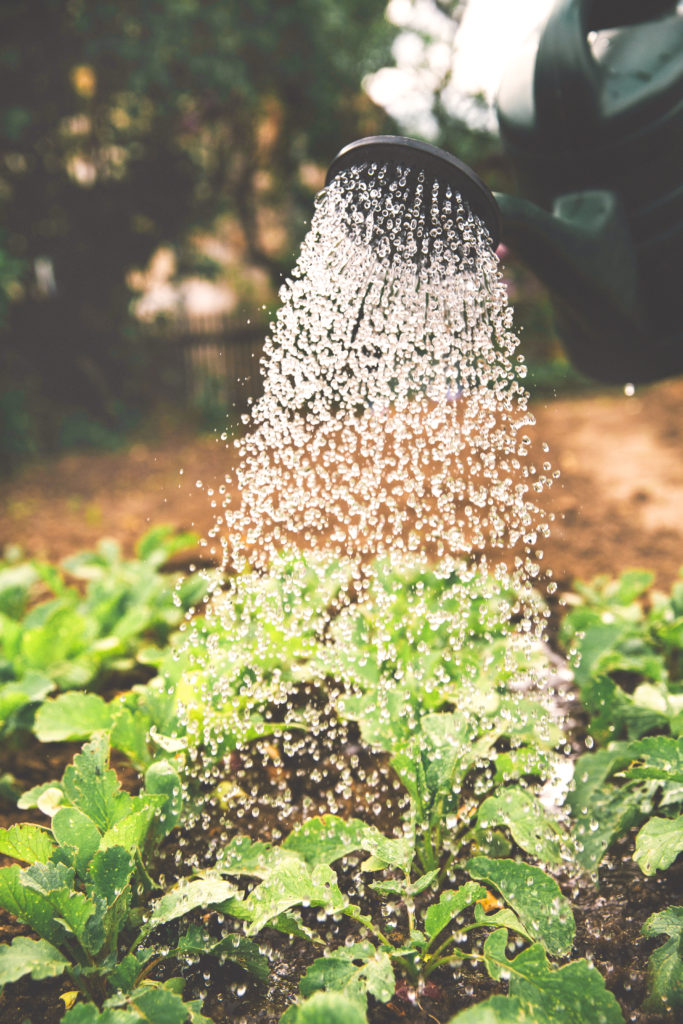 Why Grow Your Own Food
Why Grow Your Own Food
Control: What better way to control the chemicals needed (if any) to grow your urban garden than to do it yourself? You choose the soil type, pest control methods and type of fertilizer (if needed). Should you want to use organic or natural gardening techniques, it is entirely up to you.
Fresh to the table: It can’t get any fresher than plucked straight from the soil, washed in the kitchen sink, prepared on the countertop and placed on the plate. Homegrown food can’t be beat for simplicity and freshness.
Access to uncommon foods: In a controlled environment, any food can be grown if the gardener wants to put forth the time and effort. Hunter reminds prospective home gardeners that fruit-bearing plants, that can be moved, should be placed outdoors whenever possible so they can be pollinated naturally by insects or birds. Although hand-pollination is possible, Hunter says nature can’t be beat when it comes to pollinating your homegrown plants.
Improved nutrition: Statistics show that persons who grow their own food tend to have better nutritional habits than those who don’t.

Grow Together
Some urban dwellers may have no yard, very limited space or simply find it inconvenient to grow plants inside their homes. In an effort to help all residents enjoy the convenience and health benefits of “home” gardening, many cities and small towns are establishing community gardens.
Marion County is home to several such gardens. Although not all are the same in structure, most community gardens are similar in that they are shared plots of land, usually within the city limits, where residents can rent a small plot to grow their own vegetables or herbs.
“Community gardens are growing in popularity,” says Jon Brainard, garden organizer for the Dunnellon Community Garden. “We provide an opportunity for area residents to rent a ‘bed’, a 4-by-9 plot of land, on which they can grow vegetables, cooking herbs or flowers. We provide tools if needed, some seeds and ongoing education pertaining to good organic or natural gardening techniques. Every six months we have experts come and speak on topics that pertain to different aspects of gardening.”
Brainard is the Education Chair for the Suwannee-St. Johns Group Sierra Club, which sponsors the Dunnellon garden. The group has agreed to continue that sponsorship for the next three years.
The garden is located on land owned by the Dunnellon branch of Boys & Girls Clubs of Marion County, and Brainard says that plots cost residents $20 per year or $12 for six months of rental. Each plot is outlined with concrete blocks and the area, including the cells in the blocks, can be filled with potting soil and used to grow plants.
“Eight of our 27 beds are dedicated free of charge to members of Boys & Girls Clubs, who are assisted by seven mentors who work with them individually to teach the children how to garden,” explains Brainard. “Last year the club director distributed surplus vegetables during home visits to the surrounding community. You’d really be surprised how much food can be grown in a bed.”
Visit www.dunnelloncommunitygarden.com if you are interested in renting a plot in the Dunnellon Community Garden. There you will find contact names, phone numbers and email addresses, along with a plot rental application and a list of the rules you must abide by when using the garden.
“What makes community gardens here in Florida so effective is that our growing season is year-round,” says Hunter. “Different vegetables can be grown at different times of year so that a variety of fresh, nutritious foods are available at any given time. All around us there are areas called ‘food deserts.’ These areas may not have a grocery store within several miles, and this makes it hard or impossible for those who may not have access to transportation, such as the elderly or disabled, to get fresh vegetables. Community gardens can give these persons access to nutritious vegetables in two ways: they may be able to rent a plot and grow their own food, or someone else can grow food in the garden and distribute it to those in need.”
According to Brainard, community gardens are about more than just food.
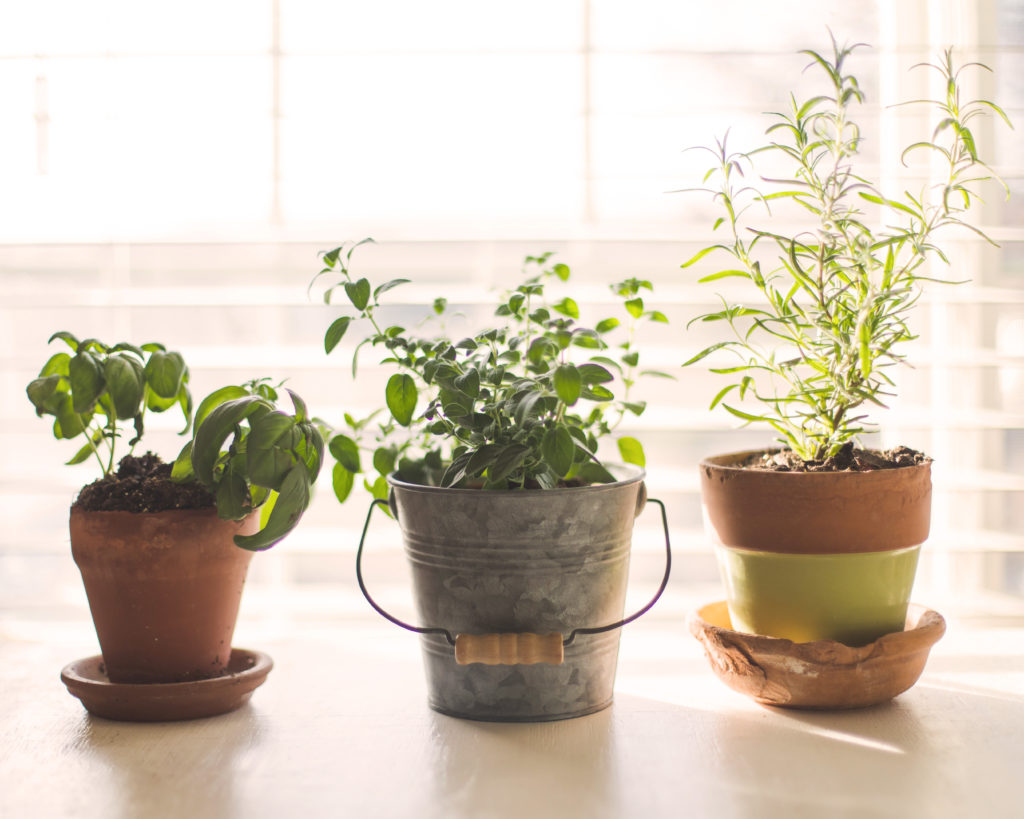 “The garden brings together people of all ages,” he says. “Some younger children have no idea where food comes from…it’s just something they see on the supermarket shelf. Older members get to spend time teaching these young people not only where it comes from but also how to produce it. Friendships are made and ideas are shared. People who would probably never connect in the community outside of the garden are being brought together and sharing a common bond.”
“The garden brings together people of all ages,” he says. “Some younger children have no idea where food comes from…it’s just something they see on the supermarket shelf. Older members get to spend time teaching these young people not only where it comes from but also how to produce it. Friendships are made and ideas are shared. People who would probably never connect in the community outside of the garden are being brought together and sharing a common bond.”
Residents in Ocala can access the West Ocala Wellness Community Garden, located at 2200 W. State Road 40. The garden is a joint project between several organizations and government agencies, including the City of Ocala, UF/IFAS Extension Marion County, Florida Health Marion County, Heart of Florida Health Center, Generation Fit, Feed the Need, Marion County Children’s Alliance and others. Plots cost $10 per year, and residents can contact the City of Ocala Recreation and Parks Department at (352) 368-5540 for additional information.
The new Belleview Community Garden, located in Mary Ann Cafaro Park at the corner of Southeast 56th Court and Southeast 107th Place near Lake Lillian, held its first planting in November. Thanks to community partners including the Fitness and Nutrition in Schools program, Florida Health Marion County, the Active Marion Project, Feed the Need and Earth Cube, 10 plots are available at $10 per year and include soil, seeds, plants and tools. For more information, call (352) 789-7658.
According to “open access” academic publisher and UN Global Compact member MDPI, urban farming has grown by more than 30 percent in the United States in the past 30 years. The National Gardening Association reports that around a third of all U.S. households grow some of their own food and estimate that a 600-square-foot garden (costing approximately $70 a year to cultivate) can yield about 300 pounds of fresh food with an estimated retail value of $600 annually. Recent studies have indicated that millennials are among the fastest growing population to embrace food gardening at home.
We’d love to hear how your garden grows and see the fruits (and vegetables) of your labor. Tag us on Instagram @ocalastylemagazine or Facebook and Twitter @ocalastyle with the hashtag #homegrownocala and share your stories and tips with us.

